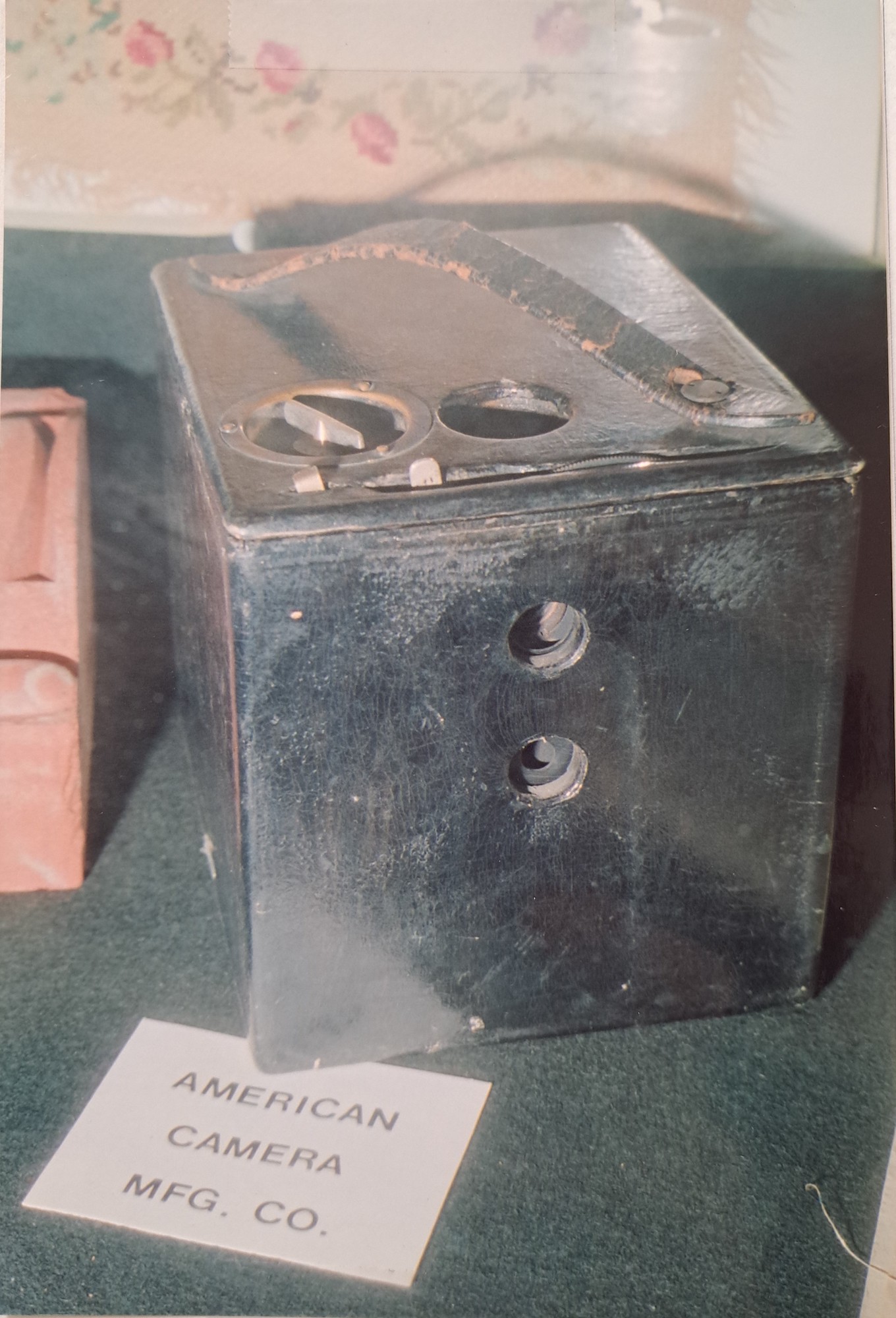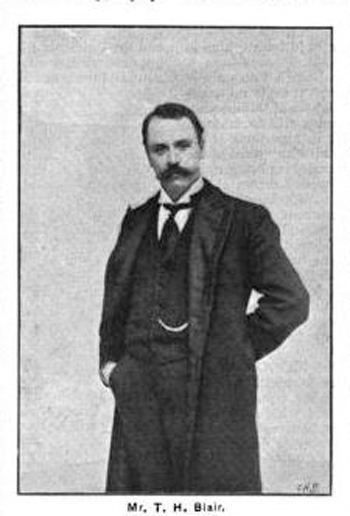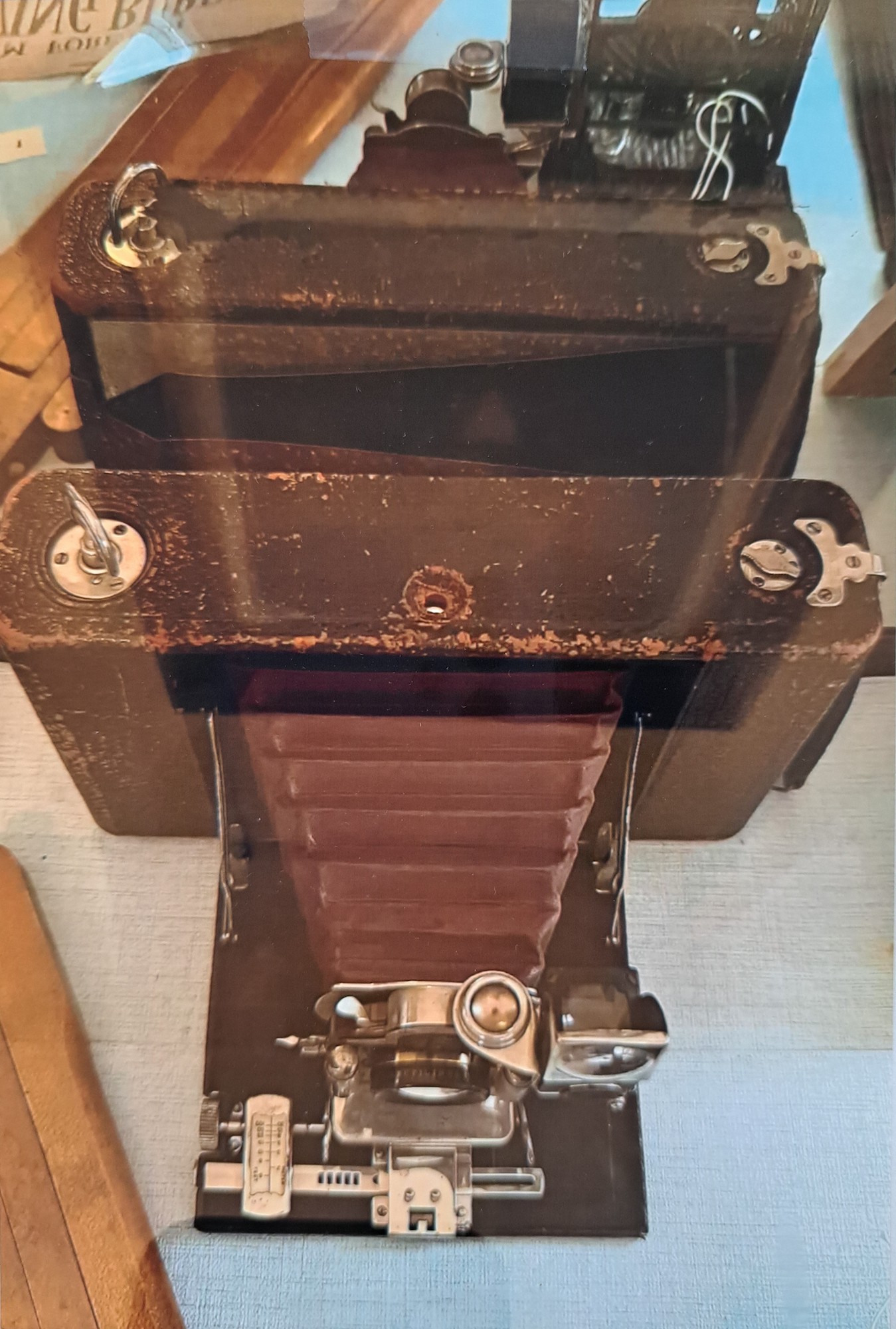
NORTHBOROUGH – Thomas Blair (1855-1919), inventor and entrepreneur, mainly in the photography industry, may have become a household name like Eastman Kodak if the course of history ran slightly differently. Blair, who emigrated to the United States from Nova Scotia in 1873, was at the forefront of inventing new cameras, photographic methods, and supplies along with George Eastman of the Eastman Dry Plate and Film Company, now more famously known as the Eastman Kodak Company.
In 1879, Blair invented the all-in-one camera, the Tourograph, which was a camera and darkroom combined to combat the difficulties of using a wet plate. The camera folded into a box making it very convenient and portable, and it was built to contain a darkroom tent. At the time, wet plate photography required plenty of space and equipment as well as the need to work quickly to mix chemicals, coat the glass plate (which would become the negative) and then expose and process the plate. Blair’s invention greatly improved the experience since oftentimes photographers travelled in a wagon to carry equipment and supplies.

Blair lived in Connecticut, Boston, and England before moving operations to Northborough in 1896 with his company, the American Camera Company. He manufactured cameras in the former Hildreth button factory, which is currently Stone’s Cycle Shop on the corner of Main Street and River Street. Blair’s cash register business, Whiting Manufacturing Company, operated in the same location a few years later. He patented his wooden cash register in 1901, which was much lighter than the conventional metal ones. Blair’s new register would have sold for $25 to 40 at the time, generally much less than the larger, metal registers.
In 1891, Blair also perfected the process for manufacturing flexible celluloid filmstrips, and his company was the main source for production of the Kinetoscope, a device invented by Thomas Edison to view motion pictures.
In 1888, Blair published “The Amateur Guide To Photography,” to which Eastman and others contributed. An enthusiastic inventor and businessman, Blair interestingly was seldom photographed himself; very few photos of him exist.
Although Blair and Eastman were close rivals in the amateur photography market for many decades, competing over patents, the eventual fate of Blair’s camera companies was sealed in 1899 when Eastman bought out Blair and Blair’s companies became a division of the Eastman Kodak Company.

An active member of the community, Blair lived at three different locations in Northborough: 88 Ball Street, which no longer exists; 97 Main Street, original home of Captain Samuel Wood, leader of the Northborough Minutemen in the American Revolution; and 107 Brigham Street, a farmhouse which he built.
Blair is buried in the Howard Street Cemetery in Northborough. You can see his inventions at the Northborough Historical Society Museum where a cash register and two cameras are on display, one of which was manufactured in town by the American Camera Company. The other camera is an Eastman Kodak camera made in Rochester, New York with features adopted from Blair’s cameras. For information about the museum, visit https://northboroughhistoricalsociety.org/.

















